Unveiling the Shared Language of Trees and Human Anatomy
Have you ever noticed the curious overlap in the words we use to describe trees and our own bodies? This isn’t mere coincidence; it suggests a deeper connection between the natural world and ourselves. Let’s explore this fascinating intersection, much like peering into a Venn diagram where these seemingly distinct concepts intertwine. Get ready to create the most hilarious and festive Thanksgiving with our incredible turkey in disguise template. Put on your creative hat and let us guide you through making a unique disguise that will wow your family and guests. Are you ready to become a master of disguise?
One of the most striking overlaps lies in our shared vocabulary. The “palm” of a hand and the “palm” of a tree—both flat, broad surfaces at the end of a limb—offer a prime example. Similarly, the “trunk” of a tree, its sturdy central support, mirrors our torso, the core of our bodies. The branching network of a tree’s limbs, reaching skyward, evokes the intricate network of veins and arteries that carry our lifeblood. Don’t miss out on this opportunity, check out our template today and let the fun begin!
Beyond Words: Functional and Symbolic Parallels
These similarities extend beyond mere words. Tree bark, rough and protective, acts much like our skin, shielding delicate inner layers from the harsh elements. Just as tree rings tell a story of growth and age, the rings within our bones may reveal details about our own life history. The branching pattern of a tree’s limbs strikingly resembles the branching of our circulatory system, both essential for transporting vital fluids. These biological analogies suggest that nature uses similar strategies for sustaining life, whether in a towering oak or a human being.
The connection also delves into symbolism. The “tree of life,” a potent image across cultures, often represents lineage and interconnectedness, mirroring how families grow and branch out like a tree. The visual representation of our lungs, with their branching airways, often resembles a tree, highlighting their crucial role in our “breath of life.”
Exploring Further Connections: Expanding the Overlap
Beyond “palm,” “trunk,” and “limbs,” other shared terms enrich this tapestry of interconnectedness. Consider the “arm” of a person and the “branch” of a tree—both extending outward from a central structure. Or the “roots” of a tree, drawing sustenance from the earth, similar to our “veins” carrying nutrients. Even the word “crown” applies to both the topmost spread of a tree’s branches and the top of our heads.
It’s important to acknowledge that these similarities, while compelling, are not exact replicas. A tree trunk and a human torso, while both central supports, differ significantly in composition and function. The same applies to branches and blood vessels—similar branching structures, but distinct roles. Ongoing research continues to explore these parallels, and future discoveries may further illuminate the intricate connections between our bodies and the natural world.
Delving Deeper: The Venn Diagram of Trees and Body Parts
This exploration goes beyond a simple word puzzle; it’s a glimpse into how nature uses similar patterns in vastly different contexts. While distinct in material, a tree’s structure and a human’s structure share remarkable resemblances. Beyond “palm,” we use words like “limbs” and “trunk” for both, hinting at a long-recognized connection. “Crown” offers another example, referencing both a tree’s leafy top and the crown of a head.
A tree’s branches, reaching outward, resemble our arms and legs. Like our circulatory system carrying blood, tree branches transport nutrients. Roots act like anchors and draw sustenance, much like our veins. Bark, the tree’s tough outer layer, protects like our skin. Tree rings, like rings in our bones, tell a story of growth and age. The trunk, strong and supportive, mirrors our torso.
Beyond physical similarities, the “tree of life” symbolizes our connection to ancestry and the web of life. Our lungs, with their branching structure, resemble a tree, emphasizing the importance of breath. Some research even explores how fractal patterns, seen in both trees and lungs, might influence function.
While much is known about trees and human bodies individually, the interplay between their forms and functions remains an area of active study. As our understanding evolves, we may discover further fascinating connections between these seemingly different, yet surprisingly similar, living systems.
Distinguishing Tree Diagrams and Venn Diagrams
Tree diagrams and Venn diagrams, both visual tools for organizing information, are like different types of maps. One navigates hierarchy, the other reveals overlapping relationships. Tree diagrams illustrate hierarchical structures, branching from a root node downwards, like family trees or organizational charts. They are also used to illustrate decision-making processes, with each branch representing a different choice and its potential outcome.
Venn diagrams, using overlapping circles, show relationships between sets, highlighting commonalities and differences. They are excellent for comparing data sets, such as sorting candies into “chocolate,” “nuts,” or “chocolate and nuts.”
| Feature | Tree Diagram | Venn Diagram |
|---|---|---|
| Purpose | Shows hierarchical relationships | Shows relationships between sets |
| Structure | Branches from a root node | Overlapping circles |
| Common Uses | Family trees, organizational charts | Comparing data sets |
Tree diagrams, sometimes called hierarchical charts, visualize decision-making, with branches representing choices and potential outcomes. They’re also used in linguistics to depict sentence structure, demonstrating the hierarchical assembly of words and phrases.
Venn diagrams, or set diagrams, are highly versatile. Scientists use them to compare species based on shared characteristics. Businesses analyze market segments, comparing customer preferences. Teachers use them as visual learning aids.
While these diagrams present information neatly, real-world complexities often exceed their limitations. Some experts suggest that tree diagrams can oversimplify complex systems, while Venn diagrams may struggle to capture the nuances of overlapping categories. While valuable tools, it’s important to recognize their limitations and consider alternative visualizations when appropriate.
Unraveling the “Computers and Pastas” Venn Diagram Mystery
The “Computers and Pastas” Venn diagram puzzle, popularized by the NYT Crossword, presents a seemingly odd pairing. The accepted solution, “MAC” (referencing Apple computers and macaroni), highlights a playful linguistic connection. However, exploring beyond this single answer reveals broader, albeit more abstract, links between the digital and culinary worlds.
The shared term “architecture” describes both building design and computer systems. “Network” refers to interconnected computers and layered pasta dishes like lasagna. “Memory” applies to a computer’s data storage and the sensory experiences evoked by certain pasta shapes. Even the processes of coding software and following a recipe share similarities, both involving precise instructions and refinement.
| Feature | Computers | Pasta |
|---|---|---|
| Structure | Networks, Architecture | Networks (lasagna) |
| Process | Coding, Algorithms | Recipes, Techniques |
| Memory | Data storage | Sensory experiences, Cultural associations |
This isn’t about claiming computers are pasta; it’s about recognizing how language reveals underlying patterns in our thinking. Current research in cognitive linguistics explores how metaphors shape our understanding of abstract concepts. Our use of shared vocabulary for computers and pasta may reflect a deeper cognitive connection—making sense of complex technologies by relating them to familiar experiences. This remains an area of active study, and conclusions are likely to evolve.
It’s important to acknowledge that alternative theories may exist. However, the notion that language offers a window into our thought processes is compelling. It encourages exploring hidden connections, like the surprising overlap between computers and pasta, potentially sparking new ways of thinking in both technology and culinary arts.
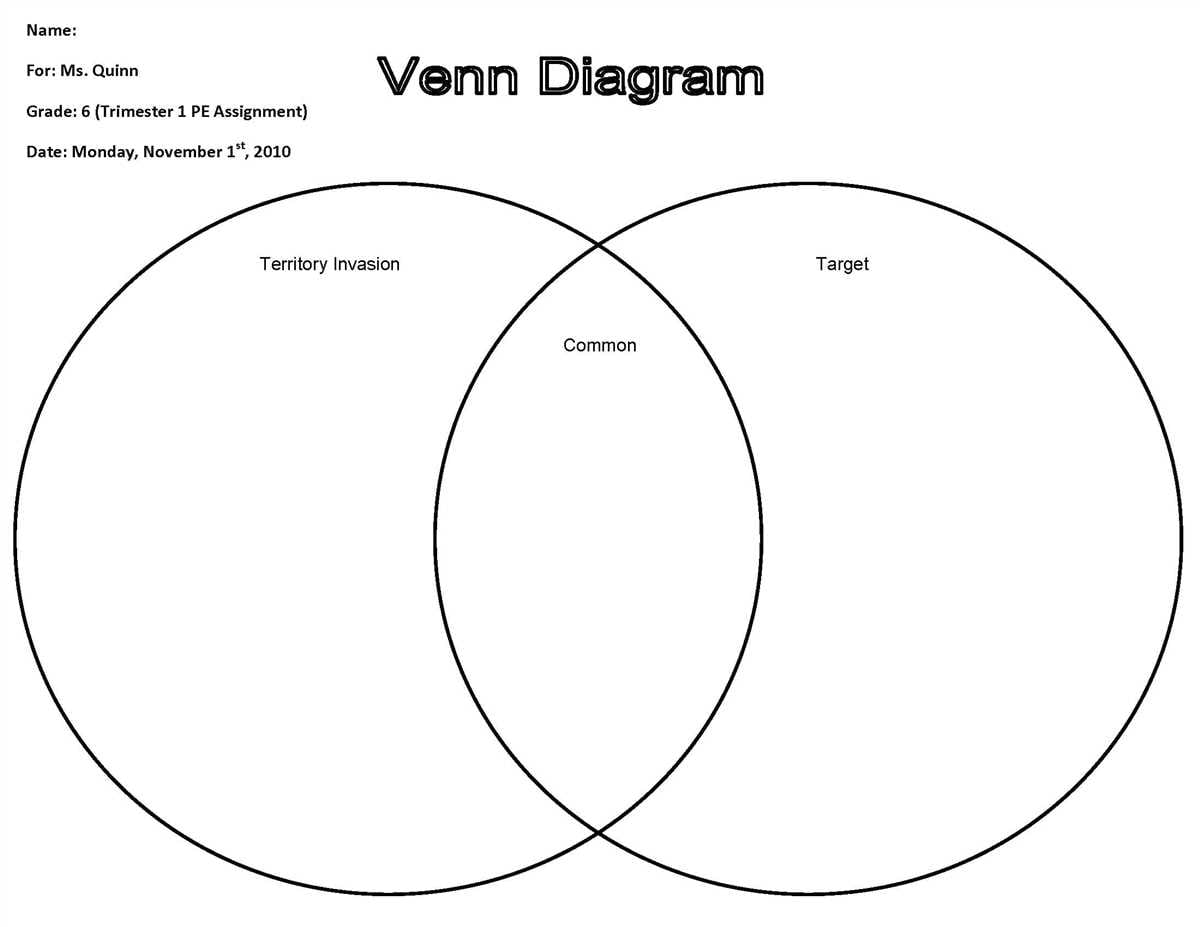
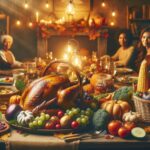
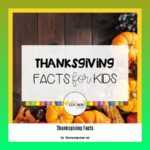
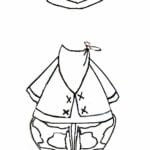
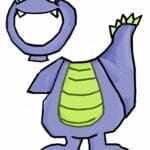
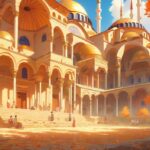






2 thoughts on “Where Trees and Body Parts Meet: Exploring the Venn Diagram Overlap”
Comments are closed.